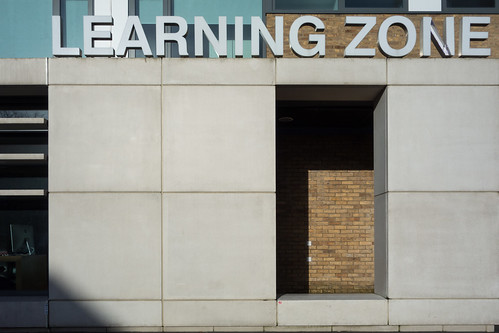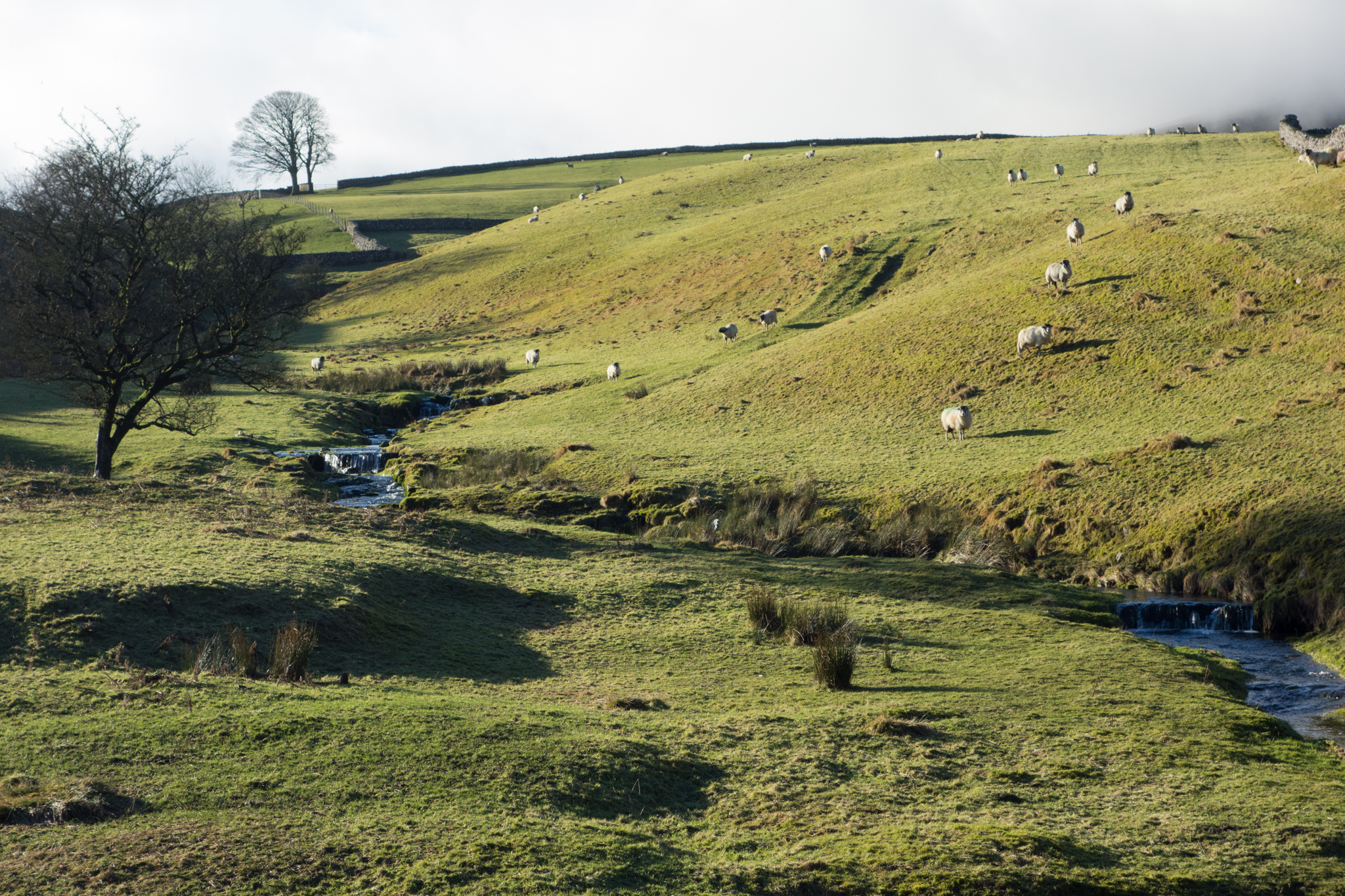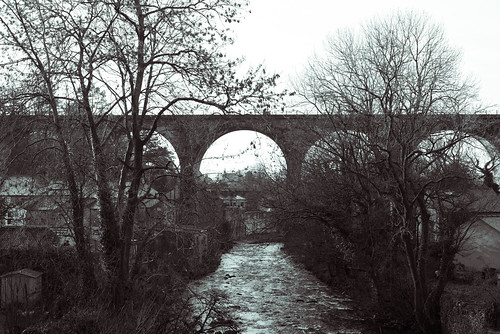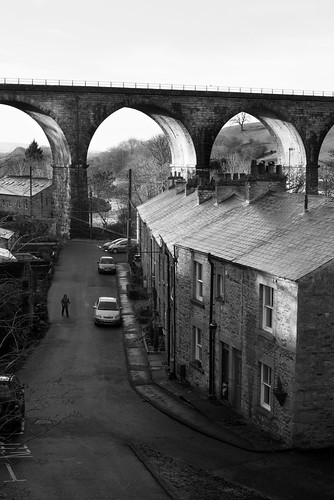Myles Allen and Dave Frame would presumably be turning in their graves (were they dead),
having decided some time ago that climate sensitivity was no longer interesting. However, others seem to disagree. Sherwood et al have a new paper in Nature arguing that sensitivity must be high, because only the most sensitive models have sufficient tropospheric mixing in a specific region that the authors focus on. Thanks to the several people who sent me a copy BTW.
It looks like a careful bit of work, there's no obvious problem with it, though there is one weakness that the authors are careful to mention, which is that the models may be significantly biased in some way such that an observationally-derived constraint ends in the wrong place. Eg if the models have too much mixing in some other region, or even a bias in some other process or place that compensates, then the Sherwood et al estimate will be biased. A similar issue crops up in the paleo world: if all the simulations of the Last Glacial Maximum use too little negative forcing (which we believe to be the case), then models with the correct intrinsic sensitivity will not be cold enough and a constraint based on LGM temperature change and model simulations will in that case tend to overestimate the true sensitivity.
There's not a whole lot you can do about this problem other than be aware of it, and try to use constraints that are as large scale and relevant to the predictand as possible, to reduce the risk of spurious correlations. That's one reason why I generally prefer the paleo and transient temperature change methods, as despite their own limitations they do at least directly consider the climate response to forcing on large scales. In contrast, emergent constraints generated across the GCM ensemble of climatologies might be spurious (though the ensemble size of Sherwood et al makes this seem a bit unlikely to me) or biased due to other compensating errors. Relatedly, I think I heard a rumour that the previous Fasullo and Trenberth result based on southern ocean biases in CMIP3 disappears in the CMIP5 ensemble. I might have misunderstood this, so don't quote me on it.









